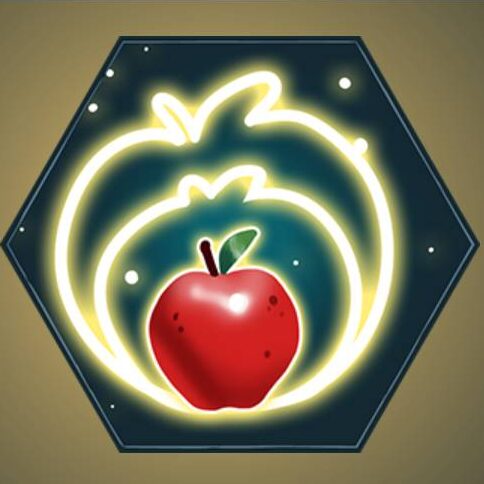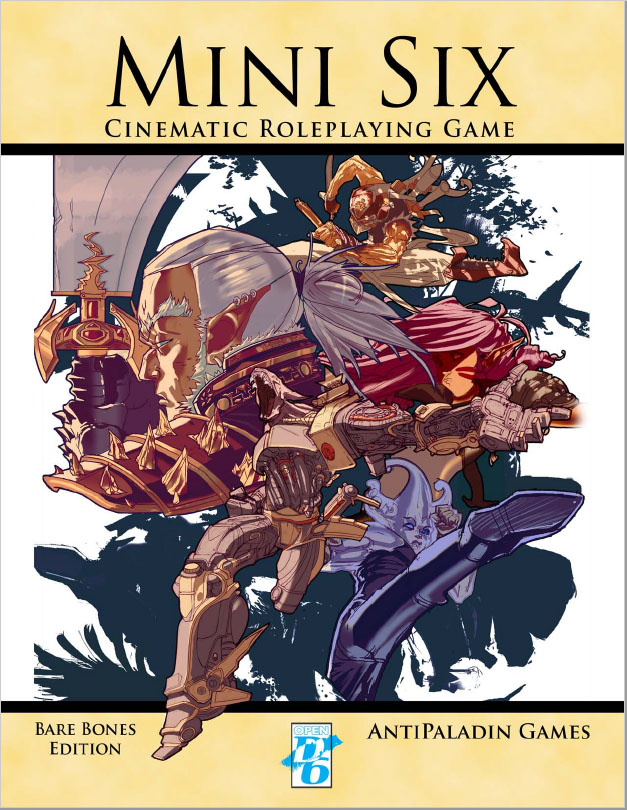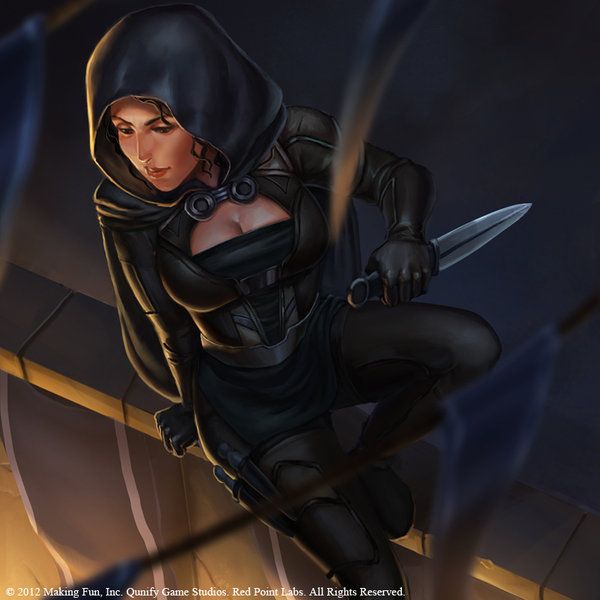
A lot of the frequenters of this blog have diverse approaches to their concepts of RPG magic. As we wait for RMU to become a finished product, I continue to struggle with the spell list approach to magic. Brian has written about the balance between thematic and mechanistic concepts in list design, so the model I’m currently reworking borrows heavily from HARP’s scaling system, using Rolemaster’s traditional spells.
Here’s a simple modification that can clean up what I consider to be a bloated, repetitive list system with something a little more streamlined.

- A player spends DP to purchase ranks in a “tree”. A player’s skill in this tree determines their overall power in this particular branch of magic.
- A player then spends DP to purchase spells. Each spell on a tree has two numbers (X/Y) associated with them:
- X is both the number of ranks required in the tree to cast the spell as well as the PP cost. It also determines how much a spell can be scaled. For example, if a Firebolt costs 6 PP to cast, and increasing the range costs an additional 3 PP, in order to cast a range-scaled Firebolt, the player needs 9 ranks in the spell tree to do so.
- Y is the DP cost to purchase the spell. As currently designed, this number is half of X, rounded down.
- Several spells on each list have become Cantrips, which can be cast without a PP cost. The first two cantrips on a tree are free, but any cantrips after that cost 1 DP to learn. Many of these effects are relatively minor spells such as Heat Material, Ignite, and Projected Light. Here are some of the classics, with scaling options that essentially match the levels a traditional spell list would allow the effects:

These spell trees I’m using are a little broader in scope than lists, but players can pick and choose which spells they wish to purchase. For example, the Mage lists have been combined into three spell trees unified by concept: Energy Law (Fire & Light Law), Fluid Law (Air & Water Law), and Solid Law (Earth & Ice Law). Between the cost of developing ranks in the tree and purchasing spells, the cost of mastering all the spells is comparable to the traditional RM system.
None of this is particularly innovative if you are familiar with HARP, but I feel like this helps streamline the whole concept of spells. I have always felt that the RM system is a little “forced” in places and, even with the new RMU Spell Law, many (not all) of the spells that have been added to certain lists are simply fillers. Where am I going with this? In theory these trees can be expanded as needed. If you come up with a new spell, simply add it to the tree and assign it a level and cost.
I should note, that in using this system, I am also essentially “squishing” levels a bit in RMU. If you look at the spells from level 20-50, most of them are repeat versions of lower level spells: Mass, Lord, or True versions which essentially just add targets or range — this is now covered in the scaling options. Many of upper level effects I either omitted, or re-leveled down to 25th (I’m treating 25 as a new “soft” level cap, similar to the old level 50). I personally don’t feel like getting a level-50 spell like the ranger’s Dolphin Speed is a game-breaker at 25th level. Once characters hit level 25, they are pretty powerful already.
One side effect of this system is that if a character chooses to put two ranks into a tree each level, he can access higher level spells faster. However, this comes at the cost of ignoring other spell trees or areas where the character should be spending DP.
Any thoughts? I’m not sure if the explanations do the concept justice, but the more I look at the traditional layout of Spell Law some of the carryovers from the old system, the more this appeals to me.
—-—-—-—-—-—-—-—-—-—-—-—-—-—-—-—-—-—
Note: This revamped magic system also goes hand in hand with another modification I’m working on: Generalized and Specialty ranks. Characters can develop 1-2 ranks each level in a general skill set (such as Social) for a +3 bonus each rank which apply to all of the specialties with a skill, and then 1 rank each level into each specialty (Influence, Leadership, etc) for a +5 bonus. This makes characters more skilled in a general, but specializing is more cost-intensive.
More on this last concept in later posts, but I wanted to include it for the sake of seeing the direction I’m going in altering the core rules.








